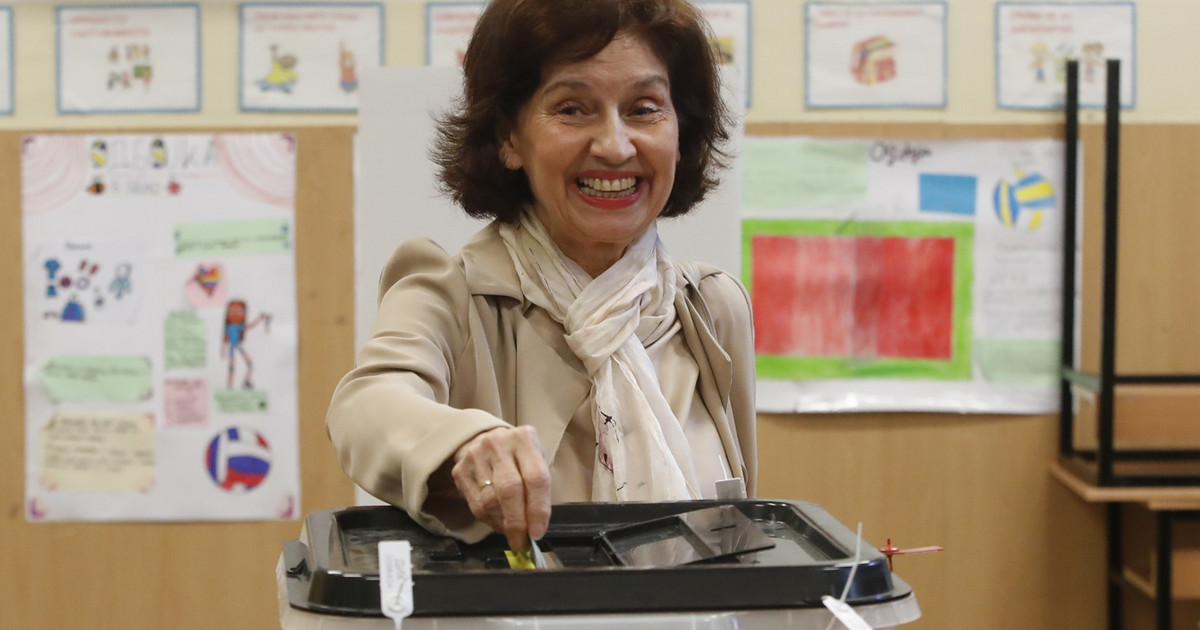THE spinal muscular atrophy , also known as AME, is a rare, genetic and neurodegenerative disease with an incidence of one in every 10,000 live births. In Brazil, it is estimated that it reaches more than 1,525 Brazilians, according to a survey carried out by the National Institute of Spinal Muscular Atrophy (Iname).
A survey supported by Roche and Iname, with the participation of 144 people, including patients and caregivers, reveals how the disease can also affect the lives of family members, friends and caregivers, who have their reality changed after the diagnosis.
The disease affects nerve cells in the spinal cord responsible for controlling muscles, as well as other cells present throughout the human body. This progressively impacts basic vital functions such as walking, swallowing and breathing.
Although advances in medicine have improved the quality of life of patients, issues such as society’s lack of knowledge about the disease, lack of accessibility in public places and difficulties in accessing diagnosis, treatment and support are still challenges for routine of the person with spinal muscular atrophy.
Spinal muscular atrophy (SMA) is a rare disease, but it has a considerable impact on society. The disease is the leading genetic cause of death in babies.
The research highlights the impacts of AME on the quality of life of patients and caregivers. According to the survey, the biggest complaints and frustrations are mainly in everyday life, marked by society’s lack of preparation, ignorance on the subject and even a time-consuming diagnosis.
A total of 97% of respondents reported having stopped going to a place due to lack of accessibility, with 60% mentioning barriers such as bad
quality of streets and sidewalks. Nine out of ten respondents stated that prejudice or ableism affected them in some way, and 81% indicate that the lack of
society’s lack of knowledge about AME is a priority barrier that should be faced.
The quantitative research, carried out from a structured questionnaire applied via the internet, was conducted during the month of September 2022, via
social networks of Roche Brasil, Iname, Veja Saúde magazine and Abril publishing house website.
Society’s unpreparedness
Almost all the people who took part in the survey said they had already stopped going to a place due to lack of accessibility. Among the reasons cited are poor quality sidewalks and streets (remembered by 60% of respondents), lack of elevators (47%), narrow doors (28%), public transport without necessary adaptations (27%).
Unpreparedness was mentioned by 73% of participants in relation to the Unified Health System (SUS) and by 63% in supplementary health. Reports of discrimination or ableism were mentioned by 94% of respondents.
For 44% of the participants, the contents about AME on social networks and in the media are bad or terrible, and rarely faithfully represent the daily lives of
patients. Only 5% say they believe that these materials are of excellent quality. Even so, social networks are a source of information on the subject for 66% of respondents. Physicians (64%) and patient associations (59%) are also common sources of information.
With regard to education, 77% of respondents say it is necessary to improve communication with society about living with this condition, and 75% defend investments in more accurate information about treatment.
access to treatment
The treatment of AME prevents the progression of the disease, but the damage caused does not disappear. The effective inclusion of the disease in the SUS heel prick test is defended by 60% of the participants as a priority aspect within the context of the diagnosis.
Meanwhile, two thirds of people with AME type 1, which manifests itself more intensely, received the diagnosis within three months of the onset of symptoms. Already half of people with type 2 and four in five with types 3 or 4 take more than a year to find out what they have after showing symptoms.
For more than 60% of survey participants, drug and supportive therapies considerably improve living with the disease.
However, eight out of ten pointed out difficulties in getting the drugs and six out of ten, to schedule support treatments, such as physiotherapy, occupational therapy and nutritionist, for example.
The cost is pointed out as an obstacle for 60% of the respondents. Barriers to access also include displacement, lack of medications and supportive therapies in
public network and schedule time.
early detection
Newborn screening for spinal muscular atrophy (SMA), when combined with early treatment, results in better movement performance in affected children, including the ability to walk, when compared to children diagnosed as soon as symptoms develop.
The notes are from a new study published in The Lancet Child & Adolescent Health.
The age at which symptoms appear varies, but they may not be seen until the baby is several months old, and many individuals with SMA experience a delay in diagnosis. Although there is currently no cure, there are treatment options that can improve symptoms, particularly when a child starts treatment before clinical symptoms develop.
Researcher Arlene D’Silva, from the University of New South Wales, Australia, states that neonatal screening was proposed as the gateway to early diagnosis and more timely access to treatment for SMA. However, until now there has been a lack of evidence on the impact of newborn screening for SMA beyond non-diverse populations in clinical trials.
“Our study is the first to look at real-world data on how children with SMA diagnosed through newborn screening fare compared to children diagnosed after developing symptoms. We believe that our findings support a broader implementation of neonatal screening for SMA,” says Arlene.
During the study, the health of 15 newborns diagnosed with spinal muscular atrophy after a positive screening result between August 1, 2018 and August 1, 2020 was compared with that of 18 infants and children with SMA diagnosed after clinical referral with symptoms of the disease in the two years prior to the start of the program. Of the 15 children diagnosed by screening, nine did not show symptoms in the first weeks of life and were considered pre-symptomatic when they started treatment.
Two years after diagnosis, the children’s ability to sit, crawl, stand and walk was assessed by health professionals, along with some other measure of movement ability. Three of the children (one diagnosed by screening and two by symptom onset) in the study entered palliative care during the two years after diagnosis.
The researchers found that 11 of 14 of the children diagnosed by screening were walking independently or with assistance two years after diagnosis, compared with just 1 of 16 of the children diagnosed after initial symptoms. Children diagnosed by screening also scored higher on average on other measures of movement ability and independence in everyday tasks than children diagnosed by symptoms. This is despite the fact that all children diagnosed by screening are younger than the other group.
“Our study suggests that newborn screening for SMA reduces current delays in children being diagnosed and treated. Early screening and diagnosis are essential to provide children with SMA with better health outcomes and quality of life. It is extremely promising that the majority of children diagnosed by neonatal screening in our study were able to walk after two years, compared to children diagnosed with symptoms who, for the most part, could only sit up without assistance”, says researcher Didu Kariyawasam, from the University from New South Wales.
Source: CNN Brasil
I am an experienced journalist and writer with a career in the news industry. My focus is on covering Top News stories for World Stock Market, where I provide comprehensive analysis and commentary on markets around the world. I have expertise in writing both long-form articles and shorter pieces that deliver timely, relevant updates to readers.






